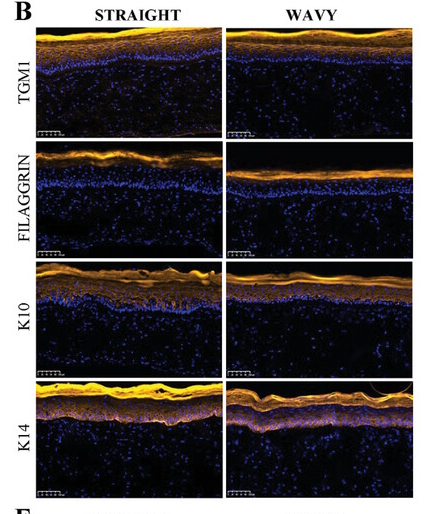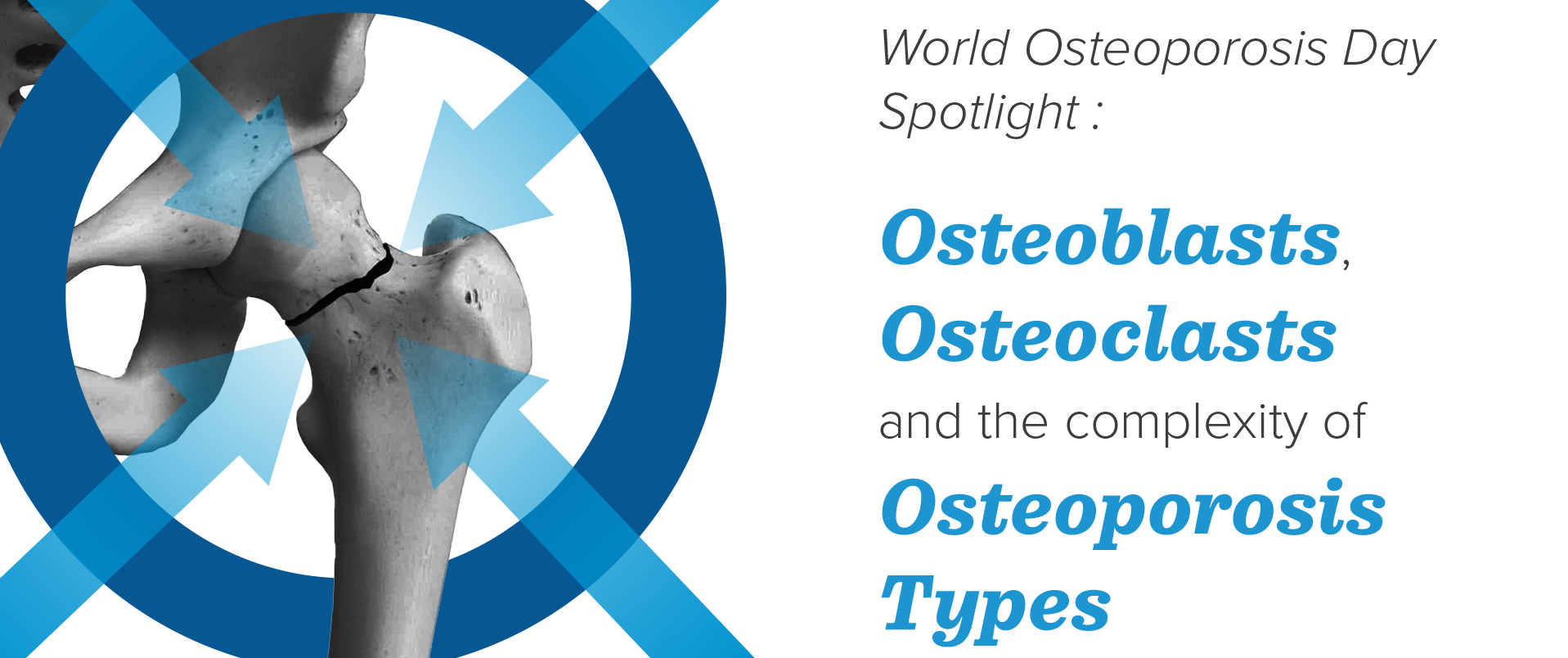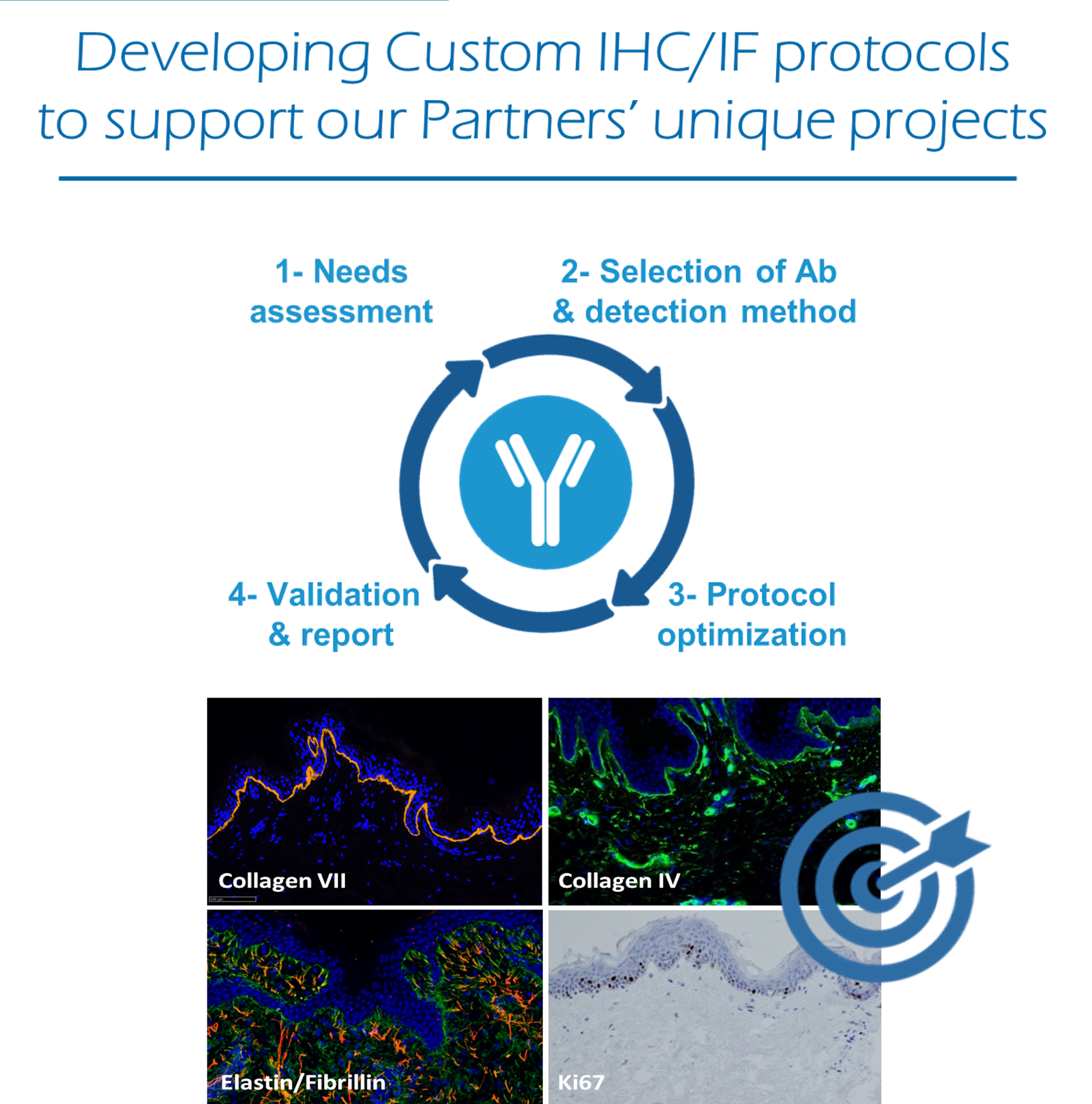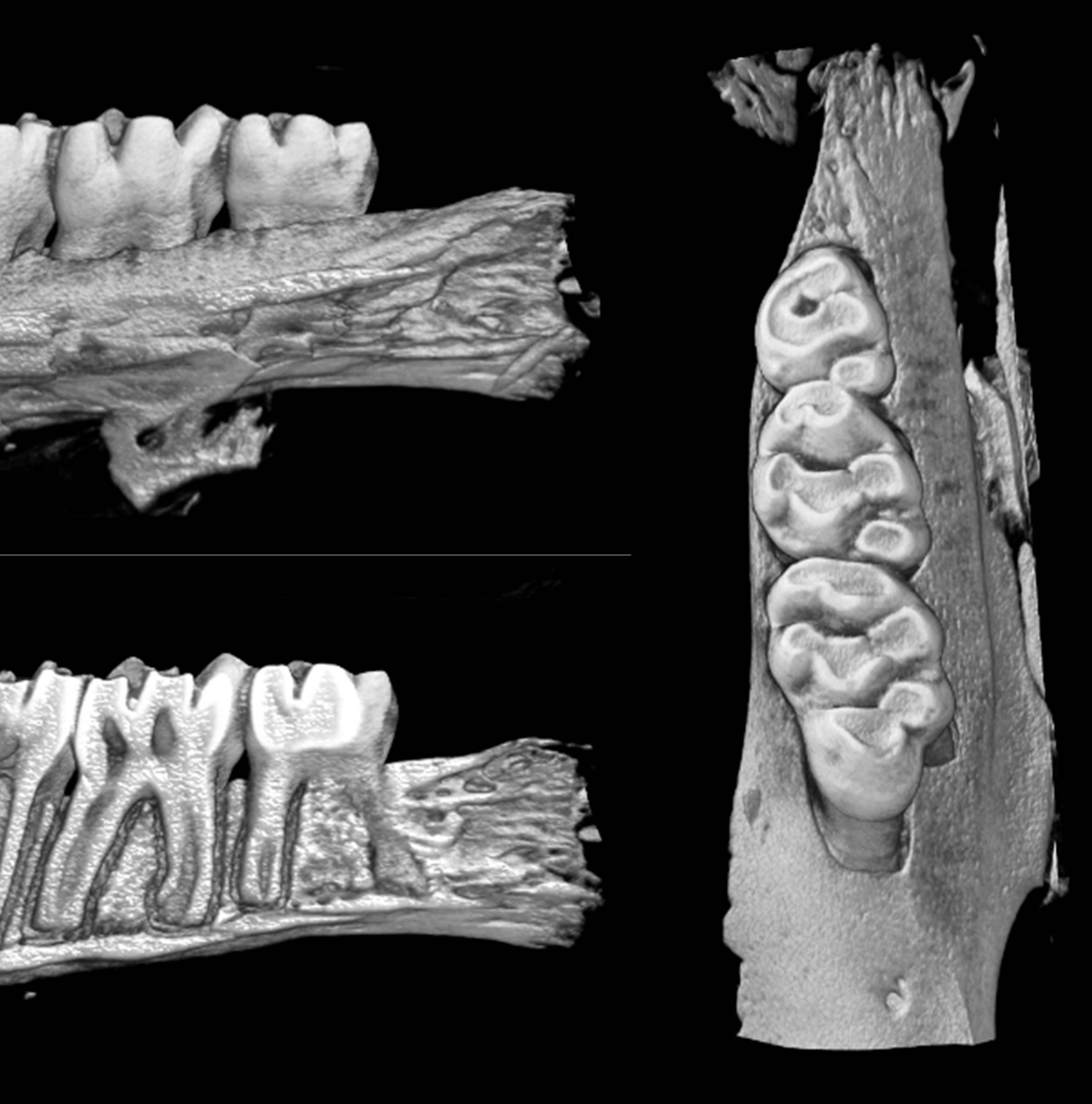In vitro skin models are validated methods for screening cosmetics and pharmaceuticals, but still have limitations. The bilayer poly(ε-caprolactone) scaffold/membrane model described here overcomes some of these deficits by integrating a solution electrospun (SES) membrane at the dermoepidermal interface and a melt electrowritten (MEW) scaffold that provides an optimal open-pore environment for the dermis. To the knowledge, this scaffold/membrane model is the only one capable of creating a properly differentiated, full thickness skin model with neosynthesized extracellular matrix (ECM) in only 18 days. Both the wavy and straight fiber scaffold designs create a well-organized dermis, but dermal collagen organization differs between designs. Adding cells and vitamin C to the scaffolds improves the mechanical properties to more closely mimic native human skin. These findings establish bicomponent scaffolds as a promising advancement for rapidly creating different skin models with varied properties. The versatility and adaptability of the described model can be used for studying how the biological and physical microenvironment impact skin, and testing dermo-cosmetics and pharmaceutical treatments on different ages of skin. Furthermore, it can be an excellent new tool for studying wound healing and development into its use as a graft or wound dressing is ongoing.




